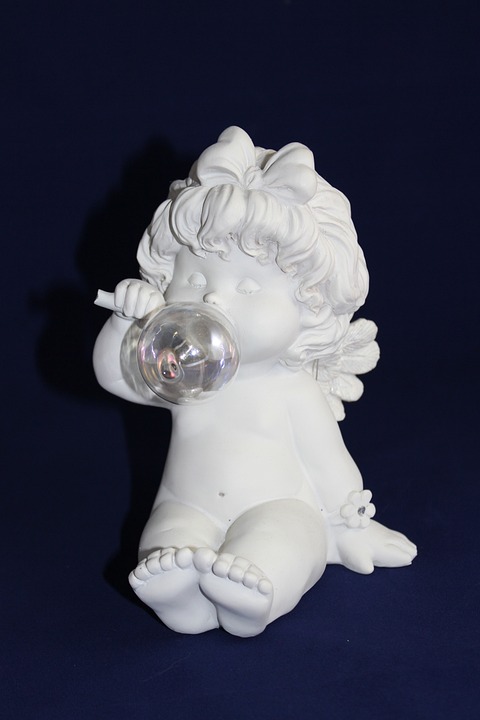In the world of aquariums, fish behavior is a fascinating subject that deserves careful attention. One crucial factor that significantly impacts fish behavior is the level of tank aeration. The process of tank aeration involves the introduction of oxygen into the water, which plays a vital role in maintaining the health and well-being of the fish.
Understanding tank aeration is the first step in comprehending its impact on fish behavior. Aeration refers to the introduction of air or oxygen into the water, typically through the use of aeration systems such as air stones, air pumps, or diffusers. These systems increase the oxygen levels in the water, ensuring that the fish can breathe properly.
The importance of oxygen levels cannot be overstated when it comes to fish. Just like humans, fish require oxygen to survive. Adequate oxygen levels in the water ensure that fish can respire efficiently, allowing them to carry out essential bodily functions. Insufficient oxygen can lead to a variety of health problems and even death in extreme cases.
Aeration systems have a significant impact on fish behavior. When fish are provided with sufficient oxygen, they exhibit increased activity levels. They swim more energetically, exploring their environment and interacting with their surroundings. This increased activity is not only visually appealing but also indicates that the fish are healthy and thriving.
In addition to increased activity levels, adequate aeration also improves feeding behavior. Fish are more likely to actively seek out and consume food when they have access to sufficient oxygen. Improved feeding behavior contributes to the overall health and growth of the fish, ensuring they receive the necessary nutrients.
Social interactions among fish are also influenced by tank aeration. When fish are provided with optimal oxygen levels, they are more likely to engage in positive social behaviors. This includes schooling, shoaling, and other forms of social bonding. Adequate aeration creates an environment that fosters healthy social interactions, promoting the well-being of the fish community.
Insufficient aeration, on the other hand, can have negative effects on fish behavior. When oxygen levels are low, fish may exhibit reduced activity and lethargy. They may appear sluggish and less interested in their surroundings. Altered feeding patterns are also common in tanks with inadequate aeration. Fish may become less active in seeking out food, leading to malnutrition and stunted growth.
Furthermore, insufficient aeration can negatively impact reproductive behavior in fish. Oxygen is crucial for successful breeding, and a lack of oxygen can impede the reproductive process. This can lead to decreased spawning activity and reduced fertility rates.
Stress and aggression levels in fish can also be influenced by inadequate aeration. When fish are deprived of oxygen, they may become stressed and exhibit aggressive behaviors. This can manifest in fin nipping, territorial disputes, and even physical harm among tank inhabitants.
The relationship between aeration and habitat simulation is another important aspect to consider. Creating a natural environment within the aquarium is essential for the well-being of the fish. Aeration plays a significant role in simulating natural environments by replicating water movement. This movement not only enhances the aesthetic appeal of the aquarium but also provides a more realistic and stimulating environment for the fish.
In conclusion, understanding the impact of tank aeration on fish behavior is crucial for maintaining a healthy and thriving aquatic environment. Adequate aeration provides numerous benefits, including increased activity levels, improved feeding behavior, and reduced stress and aggression. Conversely, insufficient aeration can lead to lethargy, altered feeding patterns, and increased stress levels. By simulating natural environments and replicating water movement, aeration plays a vital role in creating a habitat that supports the well-being of fish. Regularly assessing aeration levels and addressing any deficiencies will help ensure the optimal behavioral conditions for your aquarium inhabitants.









